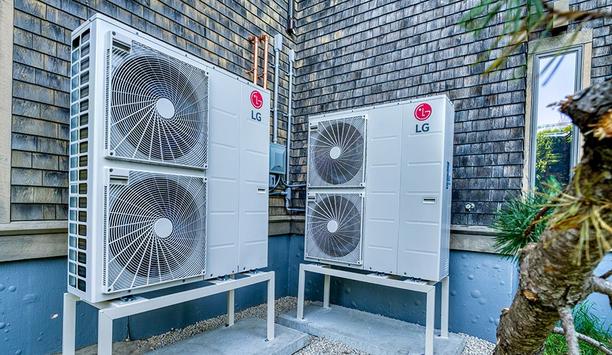Why is it important to test the sump pump? Despite its clunky name, the sump pump is arguably the most important piece of plumbing equipment for the basement. Why? Because it transfers water (usually from heavy rainfall or rising groundwater) away from the home.
A sump pump prevents extensive and expensive damage to the foundation of the home and the possessions. Knowing if the sump pump is ready to go for the spring and summer months is key to preventing hefty repair costs. At the very least, users should inspect the sump pump for debris or damage and make sure the pump is connected to a Ground Fault Circuit Interrupter. What’s even better is that testing the sump pump is pretty easy to do.
Cell phone charger
Users will also want to make sure the outlet pipe isn’t blocked in any way
First, remove the cover of the sump pump and look inside the pit (also called a basin) for any high water levels. Around the pit, look for any debris or damages. Users will also want to make sure the outlet pipe isn’t blocked in any way. Don’t forget to check the discharge pipe outside if the sump pump releases water onto the property.
The sump pump should be connected to the Ground Fault Circuit Interrupter (GFCI), which is a type of circuit breaker that quickly shuts off power if there’s a risk of electrical shock, especially around water. The most common type of GFCI is an outlet that the sump pump can plug into.
Users will also want to make sure the sump pump has power. Simply unplug the appliance, then plug it back in, or test the outlet with another device such as a small lamp or cell phone charger.
Simple maintenance tips
If the sump pump has been called into action for a while, it’s a good idea to do a test run to make sure the pump is operating properly. To do this, pour a bucket of water (or a few) into the basin until the water level and float reach the point that triggers the pump.
Watch to make sure that most of the water is pushed out of the basin and that water doesn’t come back down the vertical pipe (which would indicate an issue with the check valve). Finally, go back outside and make sure the water properly discharged. If everything looks good, everything is all set.
If users identify an issue with the sump pump while following these maintenance tips, it may be time to replace the unit. Sump pumps have an expected service life of 6-8 years, and trying to stretch out the appliance for too long can result in a flooded basement.















